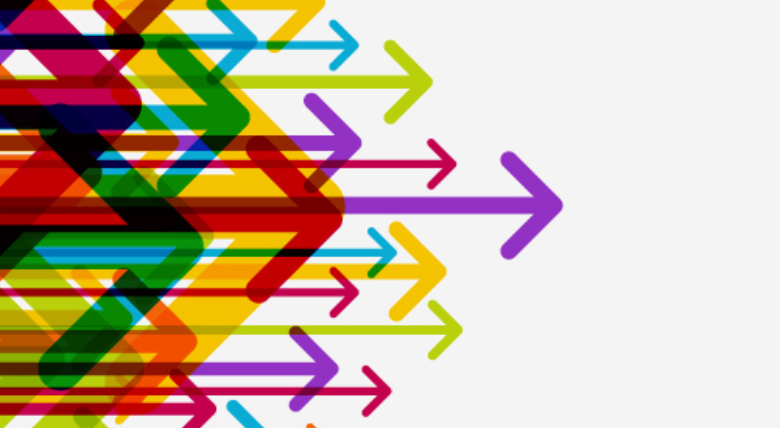A question I am posed by many senior executives is: “How can we increase win rates at scale?” Many find they can drive initiatives that raise win rates in pockets for the medium term, but they struggle to do so consistently across a large organization for the long term.
My advice: You need to be pigs. Let me explain.
Often, the causes that inhibit consistently high win rates at scale are intrinsic, baked into the culture and DNA of the organization from the top down. To overcome it requires sponsorship, effort and commitment.
As I’ve begun to articulate recently, leaders need to decide if they are a pig or a chicken when it comes to work winning. As the adage goes, when playing their parts in an English breakfast, pigs are committed — chickens are merely involved. Like pigs, leaders need to be committed to the cause.
We’ve found that the biggest determining factor in win rate and the growth trajectory of organizations that must tender for work is the behavior and commitment of their leadership and how that is cascaded down through the organization.
Great leaders enable their business to differentiate, to proactively position well and to only pursue opportunities that it should win. They sponsor a measured approach to targeting the right business, growing accounts and securing deals far before the RFP/ITT. And importantly, they invest in work-winning capability, not just employing great proposals people but also developing their middle management and delivery people in winning business. Everyone has to understand the importance of work winning and their part in it. And leaders have to role model positive, mature behaviors, consistently applying good governance.
Once leaders engage in positive change, we then find a few sub-elements tend to fall into place:
- In our experience working across our client base, we’ve found that the reasons for more than 85% of bid proposal losses through competitive procurement processes are known to the bidder beforehand. Using time and resources to develop and submit a bid proposal is a significant investment. Those resources could add value elsewhere. The introduction of a robust bid decision-making process is almost always in any business improvement initiative. All high-performing organizations focus their efforts on opportunities they will win.
- Successful organizations follow a consistent, robust bid process, built on industry best practice with clear roles and responsibilities.
- Their bid process has space within it to drive the development of winning propositions and valuable solutions. Your bids are love letters to the value you will create for the client’s business.
But how do you make it stick? How do you boil the ocean of raising win rates across an entire business? The 70-20-10 model for learning and development is a commonly used formula within the training profession. The model was created in the 1980s by three researchers and authors working with the Center for Creative Leadership in Greensboro, North Carolina. The model outlines the optimum split of learning consumption, suggesting that individuals obtain knowledge, skills and abilities in their roles through the following mixture of sources:
- 70% from challenging assignments and on-the-job experience
- 20% from social sources such as interactions with others
- 10% from courses and training
In early 2018, Training Industry Inc. released an insights report, “Deconstructing 70‑20‑10,” to update the focus and efforts in driving training impact. The overall formula is now closer to what could be called the 55-25-20 model. With higher quality and more impactful methods in live training, huge consumption and availability of online structured content and improved understanding of coaching and social learning, there has been a dramatic shift in the dynamic.
In the last 12 months, we have found that leveraging the 55-25-20 model with a mixed economy of interventions and learning methods organized to build momentum, help deliver sustained increased win rates at scale. We’ve found that mobilizing with live training (or webinars) for bidding “champions” — those who regularly work on proposals, have some influence in their organization and can see the benefit in improving their approach — across the business creates the initial hockey stick in bidding understanding (the 20%).
We then support that initial wave with ongoing mentoring and coaching of key individuals and deliver modules as part of their apprentice, graduate and leadership development programs, enabling social learning and embedding bidding good practice in their DNA (the 25%).
Lastly, we land an enterprise bid toolkit platform as their constant online bid process and digital reference point, providing them with a consistent roadmap and governance to follow, with embedded microlearning to refresh or up-skill bid teams right when they need it on live bids (the 55%). Others may land content in company intranet sites, build microsites, use SharePoint or Teams sites, or an interactive PDF.
Improving your training in proposals, coaching staff and leaders, and landing your bid process somewhere where all your people can find it can deliver some marginal gains of, perhaps, single-figure-percentage improvement. But they can diminish over time. The trick is to gain and leverage sponsorship, create a spark and then drive momentum through a structured campaign and mixed economy of interventions across that 55-25-20 continuum.
Jeremy Brim, CP APMP, has a portfolio career as a non-exec, growth consultant, capture specialist and a global APMP accredited proposals trainer as owner of an APMP approved training organization, the bid toolkit, named APMP’s 2020 Vendor of the Year. He has 20 years of experience and now leads Growth Ignition, a consulting, training and enabling tech firm.




Join the Conversation